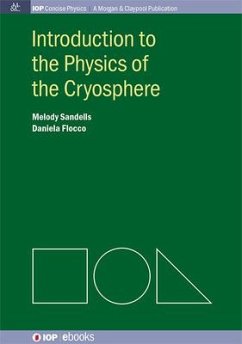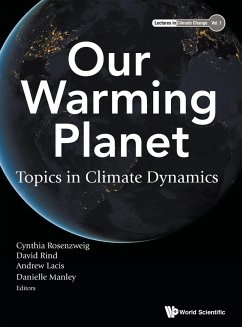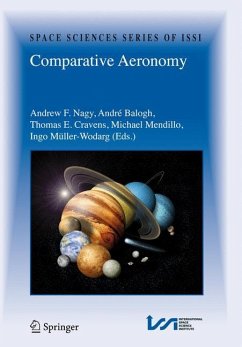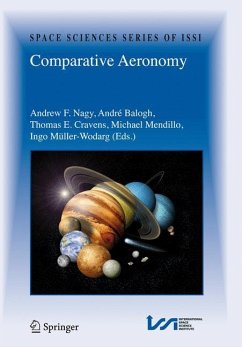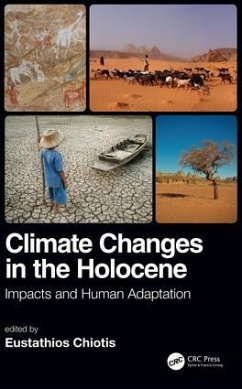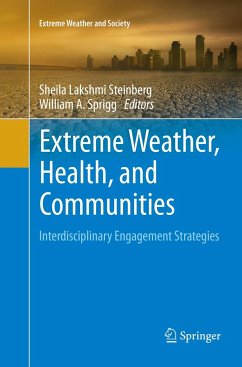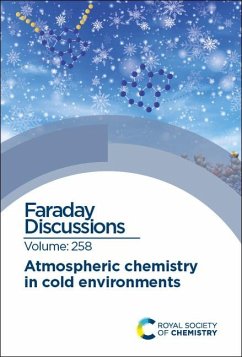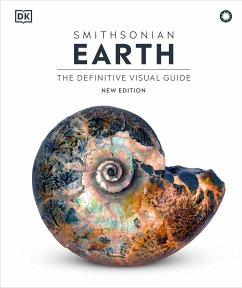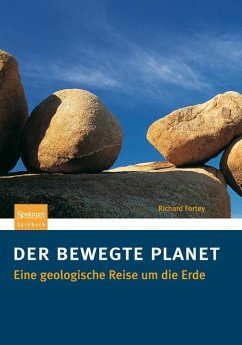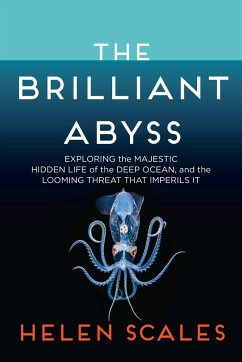
Atmospheric Remote Sensing
Principles and Applications
Herausgegeben: Kumar Singh, Abhay; Tiwari, Shani

PAYBACK Punkte
54 °P sammeln!
Atmospheric Remote Sensing: Principles and Applications discusses the fundamental principles of atmospheric remote sensing and their applications in different research domains. Furthermore, the book covers the basic concepts of satellite remote sensing of the atmosphere, followed by Ionospheric remote sensing tools like Global Positioning System (GPS) and Very Low Frequency (VLF) wave. Sections emphasize the applications of atmospheric remote study in Ionospheric perturbation, fire detection, aerosol characteristics over land, ocean and Himalayan regions. In addition, the application of atmosp...
Atmospheric Remote Sensing: Principles and Applications discusses the fundamental principles of atmospheric remote sensing and their applications in different research domains. Furthermore, the book covers the basic concepts of satellite remote sensing of the atmosphere, followed by Ionospheric remote sensing tools like Global Positioning System (GPS) and Very Low Frequency (VLF) wave. Sections emphasize the applications of atmospheric remote study in Ionospheric perturbation, fire detection, aerosol characteristics over land, ocean and Himalayan regions. In addition, the application of atmospheric remote sensing in disaster management like dust storms, cyclones, smoke plume, aerosol-cloud interaction, and their impact on climate change are discussed.
This book is a valuable reference for students, researchers and professionals working in atmospheric science, remote sensing, and related disciplines.
This book is a valuable reference for students, researchers and professionals working in atmospheric science, remote sensing, and related disciplines.




